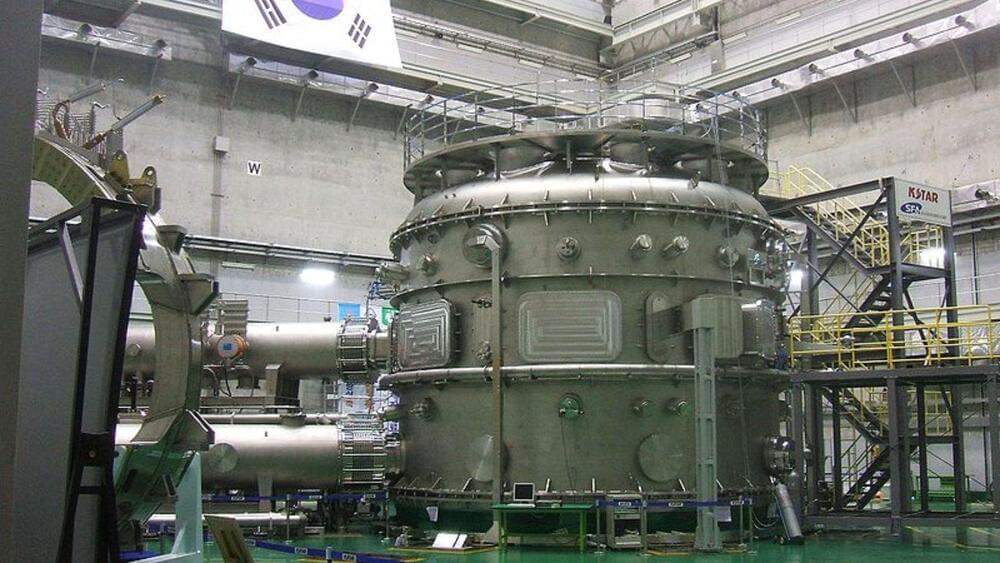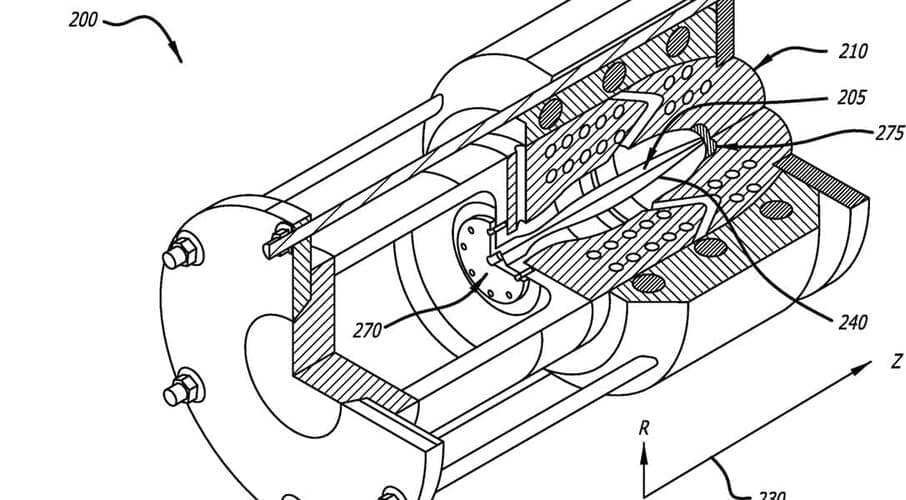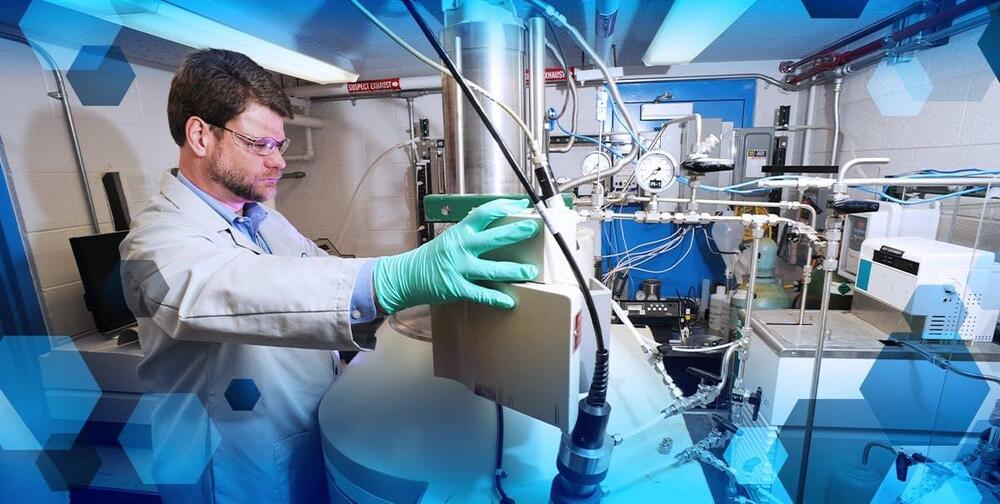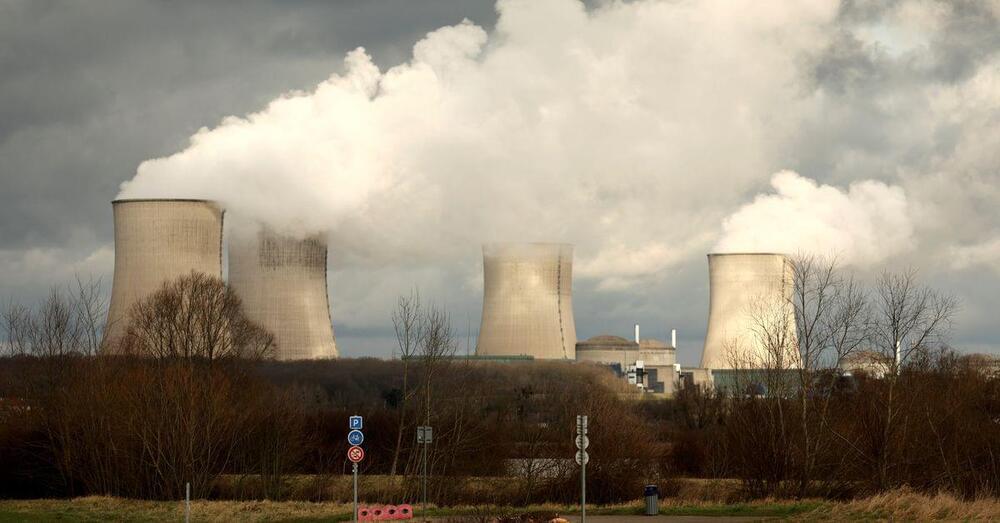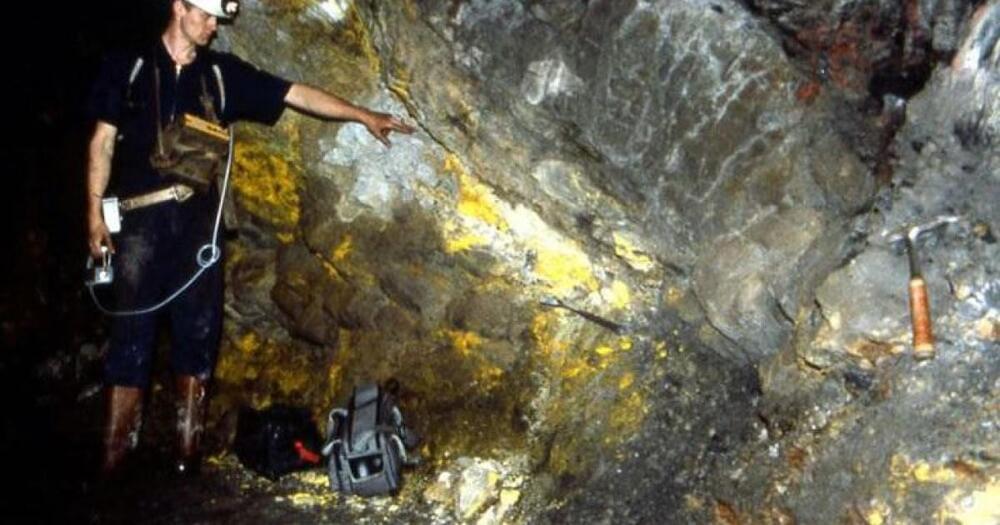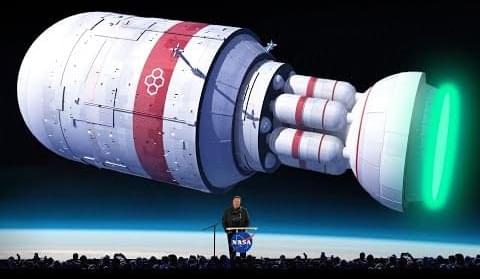Sep 11, 2022
Ian Hutchinson: Nuclear Fusion, Plasma Physics, and Religion
Posted by Sergio Tarrero in categories: existential risks, military, nuclear energy, physics, robotics/AI
https://youtu.be/pDSEjaDCtOU?t=2526
Ian Hutchinson’s concerns for existential risk after minute 42.
Ian Hutchinson is a nuclear engineer and plasma physicist at MIT. He has made a number of important contributions in plasma physics including the magnetic confinement of plasmas seeking to enable fusion reactions, which is the energy source of the stars, to be used for practical energy production. Current nuclear reactors are based on fission as we discuss. Ian has also written on the philosophy of science and the relationship between science and religion.
Continue reading “Ian Hutchinson: Nuclear Fusion, Plasma Physics, and Religion” »

